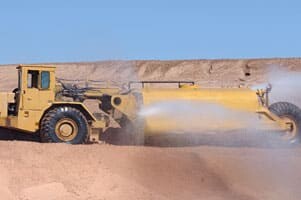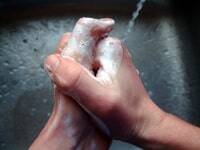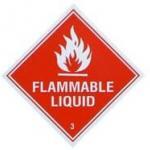Energy production comes at a great cost to the environment and ultimately human life. BP’s Gulf of Mexico oil disaster, New Zealand’s Pike River coal mine tragedy and Japan’s nuclear radiation problems are among the latest stark reminders of the risks involved. Yet global energy demands appear unstoppable. The need for best practice in such high-risk sectors is more apparent with each news headline. Today we look at best environmental practice for mining operations, including the use of safe environmental cleaning products such as Envirosafe Solutions Soil Wetta/Dust Suppressor to combat dust issues.
As one of the few developed nations dependent on mining for its economic stability Australia has been at the forefront of developing best environmental practice for mining.
It is not only the world’s leading coal exporter, but also exports its expertise in the areas of mining technology and environmental protection. The value of exports of high-technology mining products and services has been estimated at $2 billion a year. Mining and energy exports currently represent 37% of total domestic exports.
The wealth generated by Australia’s rich energy resources has historically been viewed as mitigating the considerable environmental costs of mining. It was not until the 1950s and 1960s that attitudes began to change and not until the 1990s that key measures were being taken to develop more sustainable mining practices. These included:
- The publication of information booklets on Best Practice Environmental Management in Mining, produced by government body Environment Australia with the involvement of key stakeholders and experts.
- The development of the Minerals Industry Code of Practice for Environmental Management, which outlines sustainable development, continual improvement, risk management, rehabilitation, environmental targets and reporting guidelines.
Best environmental practice guidelines cover every aspect of mine management including air emissions, noise and dust control, land rehabilitation, contamination, auditing and water management. It also addresses hazardous materials management, storage and disposal.
Letting the dust settle
The management of dust issues has been made easier by Envirosafe Solutions’ Extreme Green Soil Wetta/Dust Suppressor, designed specifically for Australian mining conditions. The product tackles problems associated with poor water absorption in soils and road bases which cost time, money and precious water resources.
In keeping with the Perth-based eco-friendly industrial liquid company’s commitment to the environment, the Soil Wetta/Dust Suppressor is safe to be used in tankers which also carry drinking water.
Envirosafe Solutions’ supplies a complete range of environmental liquid products for mining operations including its fuel conditioner, Extreme Green Diesel Bug Killer, which improves fuel efficiency and reduces emissions and kills diesel bug, helping reduce greenhouse gases and saving money. It also supplies solvent-free degreaser, radiator cleaner and rust converter to name but a few of the innovative products they supply.
Disasters in energy production are a timely reminder of the need to be vigilant in implementing best environmental practice. Leading Australian industrial liquid company Envirosafe Solutions has solutions tailor-made for the mining industry. For more information phone 1300 88 90 70 or email info@evss.com.au.
Sources:
http://www.ret.gov.au/resources/Documents/LPSDP/BPEMOverview.pdf
http://en.wikipedia.org/wiki/Mining_in_Australia
























